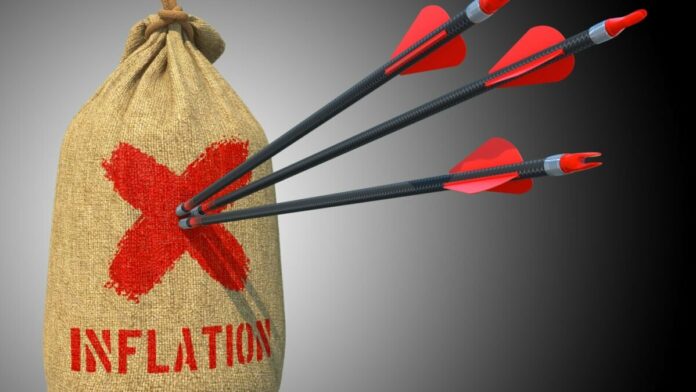There seems to be no end in the triumphant march of retail inflation. The retail inflation has increased to three months high of 4.91% this November.
This is happening despite the fuel tax cut and conductive base, as core price remains sticky and the return of price pressure over the food products.
This hike is broad-based, and there are even chances that the producers might have passed it into the consumers.
With the supply chain crisis, the producers might have disposed of the burden of the spurt on the input costs across various products ranging across goods and services. But the inflation rates are within the RBI target band.
There might have been less price pressure over fuel, light, tobacco, intoxicants, and other miscellaneous items. But this easing is not compounded, as, on the other side food, beverages, housing, clothing and footwear are facing rising inflation.
Even the international markets are also not favourable, as prices of everything except oil continue to rise. Then there is the news of the US Federal Reserve tapering its asset purchases.
Half of the inflation basket consists of inflation in food products. The food prices inflation rose from 0.85% in October to 1.87% in November despite having a favourable base effect. But core inflation was at 5.9% this month, compared to 5.8% previously.
The Monetary Policy Committee (MPC) acknowledged that the reasons for the inflation range from costs of raw materials, transportation costs and the supply chain crisis. This slack is muting the pass-through of input prices that raise output prices.
It also forecast CPI inflation to hover around 5% for 2021-2022, with risks broadly balanced.
However, the committee is expecting ease over the inflation. The improving supply of vegetables and tax cuts over edible and fuel oil are the reasons for the hope.
In the wake of fuel tax cuts, fuel and light inflation hovered around 13.35% against 14.35%. Monthly these tax cuts are weighed down in November by a sub-index of 60 basis points.
But other sectors are not so lucky, especially the miscellaneous items, which see a hefty monthly rise ranging from 0.2% in education to 0.9% in personal care. This underscores the growing inflation pressure in the economy.
The MPC and the RBI will prioritise growth and policy support for sustainability and sustainability for post-Covid recovery, as long as CPI inflation remains within 2-6%.
Analysts are worried about the supply chain crisis, which is adding fuel to the inflation fire.
At the same time inflation in health, fuel, light, transport, communications and other similar commodities have turned structural. The analysts expect the current inflation to continue until the January 2022 and will ease later on.
These will be the guidelines for new policies and discussions in the 2022 MPC meeting to be held in February.
Follow and connect with us on Facebook, LinkedIn & Twitter

